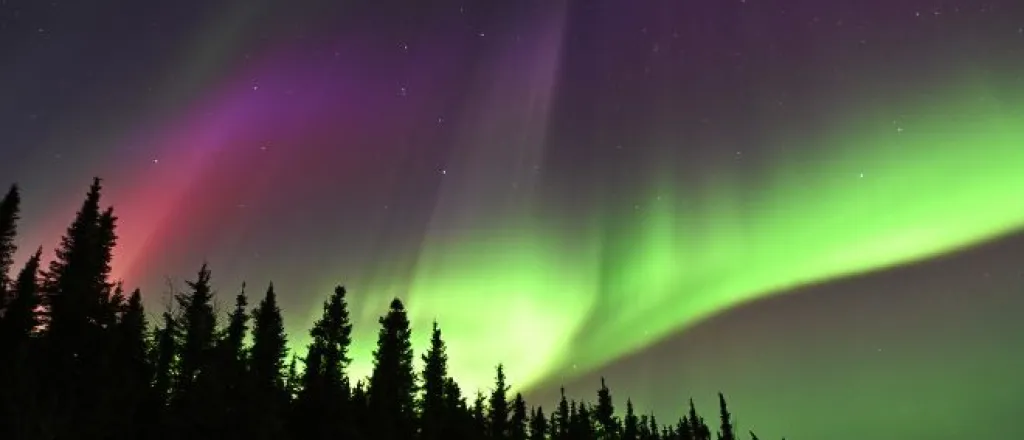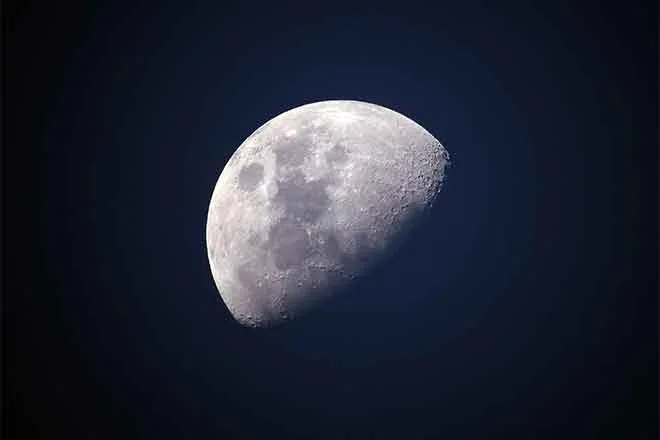
Why the northern lights appear in different colors
©
The spectacle of the northern lights, also known as aurora borealis, is a breathtaking natural phenomenon. But have you ever wondered why the northern lights appear in different colors? Unravel the science behind the various hues of this celestial light show.
Solar origins
The story of the northern lights begins with the sun. The sun constantly emits a stream of charged particles known as solar wind. During periods of intense solar activity, these particles rush toward earth at stupendous speeds.
The encounter with earth’s magnetic field
When these charged particles from the sun reach our planet, they encounter earth’s magnetic field. The interaction between the solar wind and the magnetic field funnels these particles toward the poles, creating a ring of light known as the auroral oval.
Colorful collisions
The color spectrum of the northern lights depends based on the type of gas particles that the solar wind particles collide with in the earth’s atmosphere. According to Space.com, earth’s atmosphere is approximately 78 percent nitrogen, 21 percent oxygen, .94 percent argon, and .04 percent carbon dioxide.
Collisions with molecules of different gases cause the atoms in those molecules to become “excited.” They need to return to their base state, so they release energy in the form of photons—particles of light. The color of the light visible to the human eye depends on the mixture of gases in the atmosphere.
Oxygen: green and red
Collisions with oxygen molecules result in green and red lights. Green is the most common color seen from the ground due to the human eye’s sensitivity to it and the abundance of oxygen in the lower altitudes of the atmosphere. Red northern lights occur at higher altitudes.
Nitrogen: blue
Interactions with nitrogen molecules produce blue light. Nitrogen can also cause pink or red colors, depending on the altitude and level of interaction.
The role of altitude
The altitude at which these collisions occur also plays a role in the color display. Lower altitudes with higher concentrations of oxygen typically yield green lights, while the higher, less dense altitudes produce red. Blue and violet lights occur mostly below 120 km.
Where to see the northern lights
Although residents of Kiowa County, Colorado, may not frequently see the northern lights, they are visible as far south as Florida or even Columbia during intense solar storms. However, the best viewing is under the auroral oval in regions closer to the poles, such as Alaska, Canada, and Iceland. You can visit a luxury lodge in far north Manitoba that offers an excellent chance to observe the northern lights, even during the long days of the late summer.
The captivating display of colors in the northern lights is a result of interactions between solar wind particles and gases in earth’s atmosphere. If you’re lucky enough to look up at a sky lit with the shimmering hues of the northern lights, you’ll know why the northern lights appear in different colors.
Sources:

















